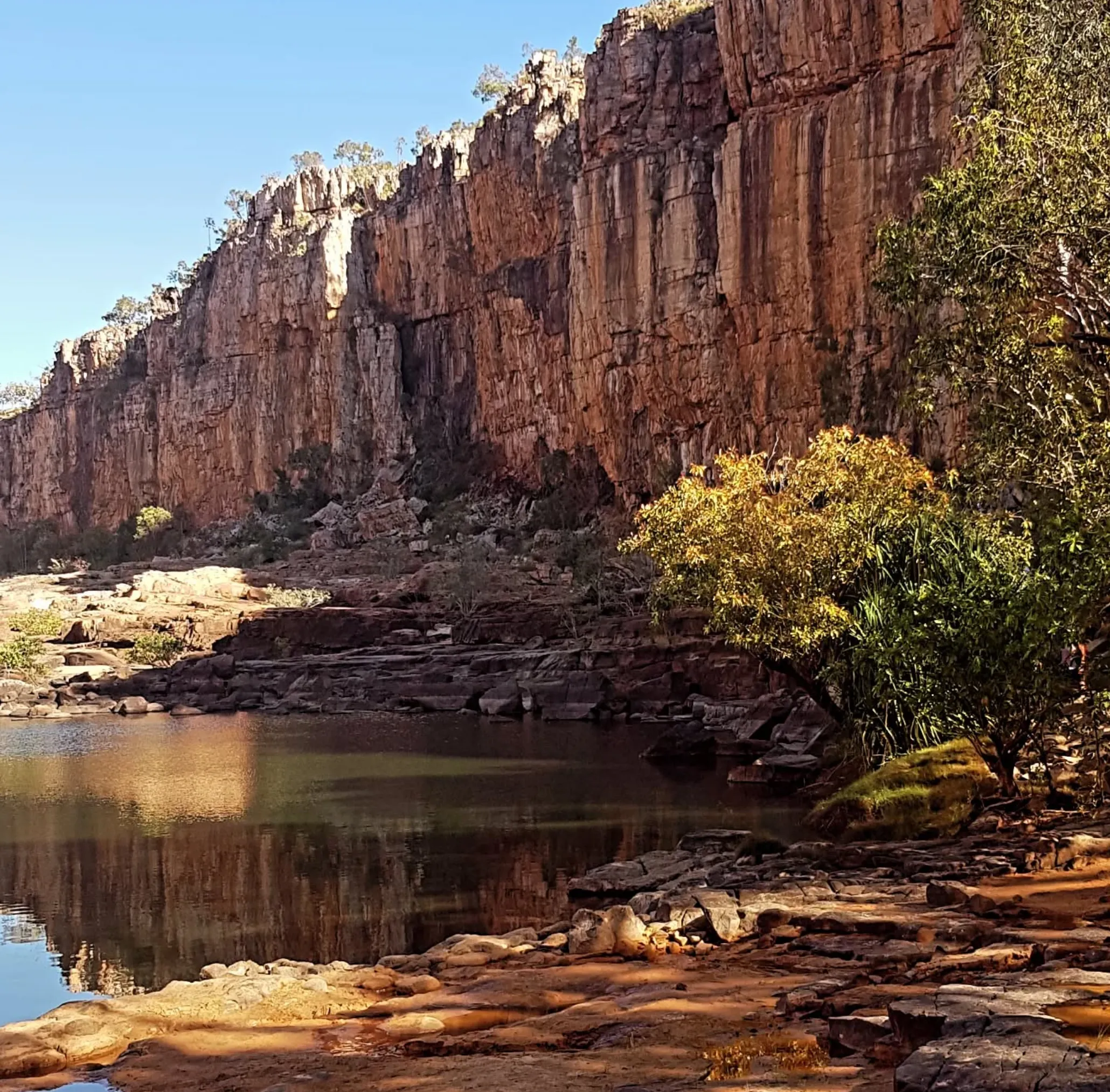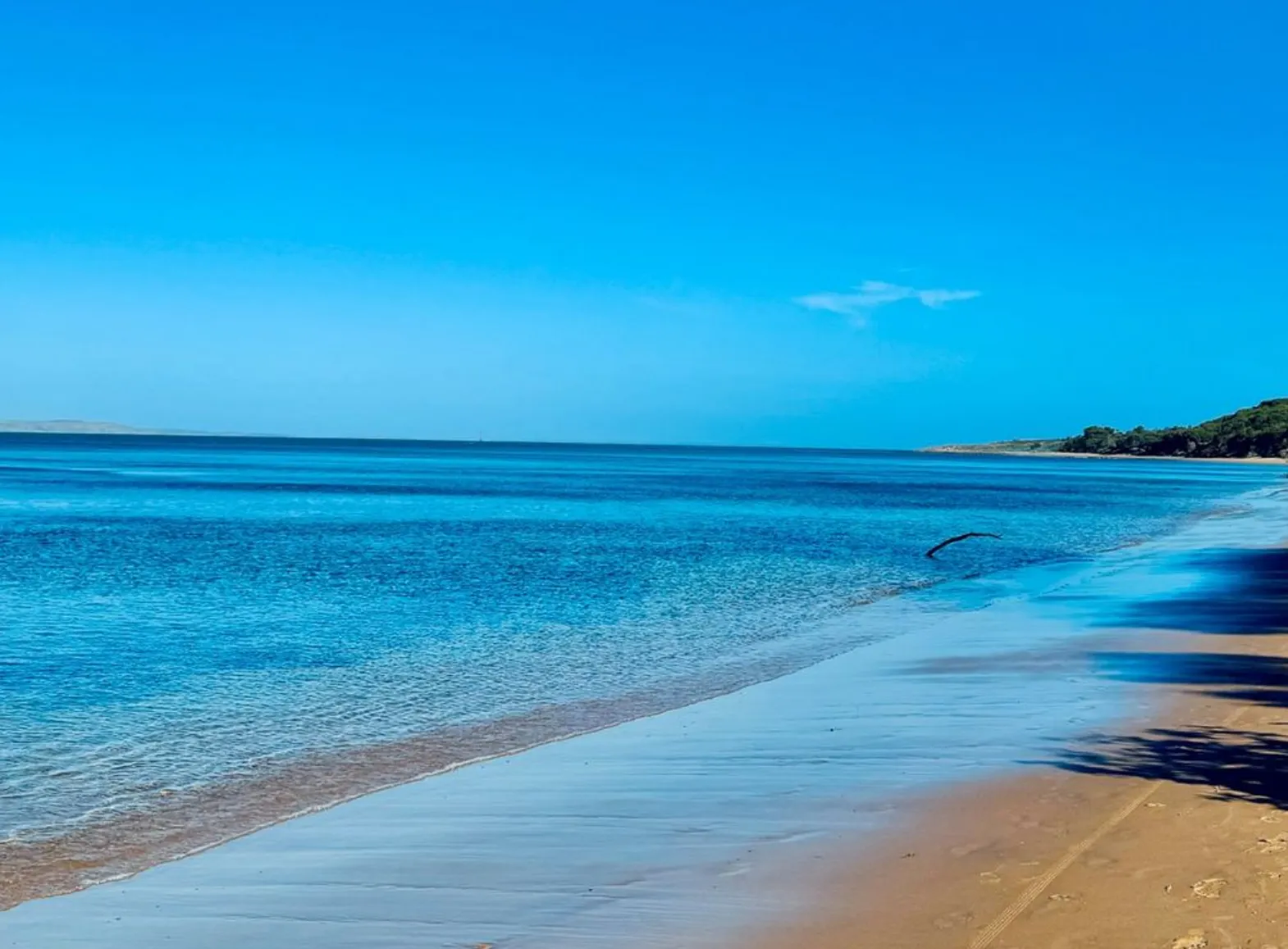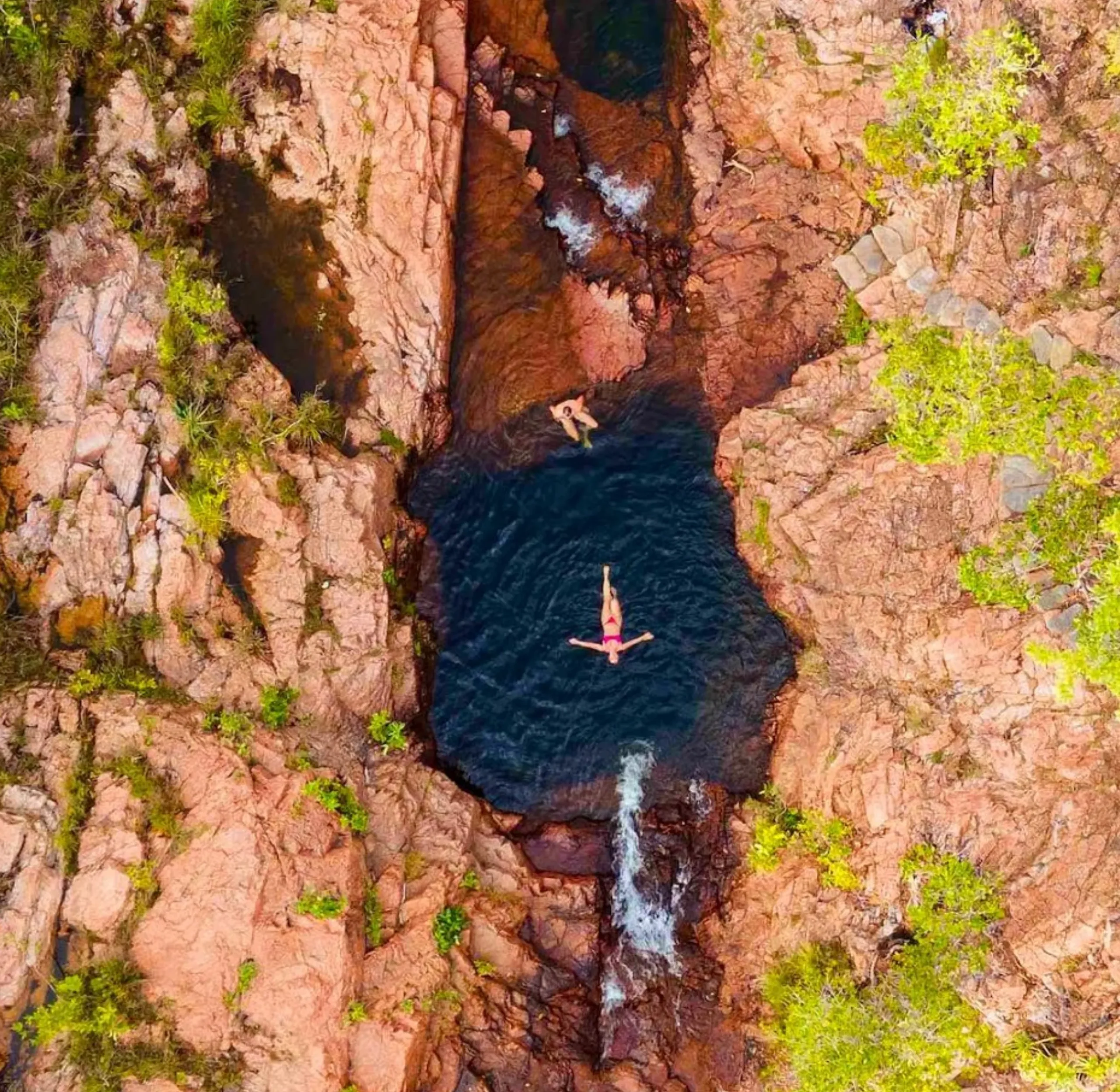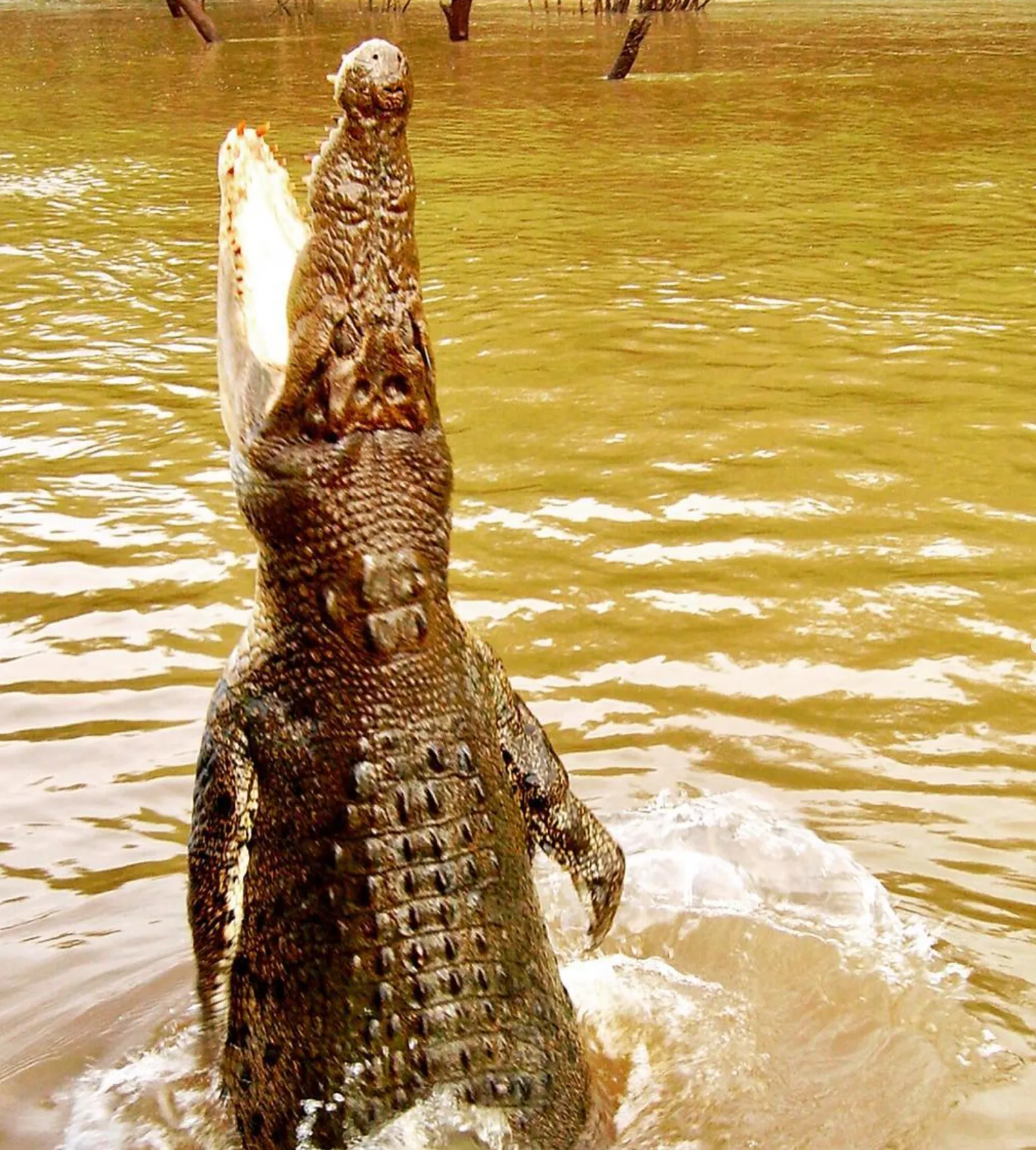Katherine Gorge, a 13 gorge system carved by the Katherine River in Nitmiluk National Park, is one of the Northern Territory’s best natural wonders. Towering cliffs, calm water and plenty of wildlife makes this a nature lover’s paradise. The park is of great cultural significance to the Aboriginal people, particularly the Jawoyn who have lived and cared for this country for thousands of years. Here nature and culture meet and you can connect with the land’s spiritual energy and amazing wildlife.
Whether you’re boat, on foot or by canoe, the opportunity to see some of Australia’s native wildlife is unmatched. From the shy freshwater crocodiles to the bright rainbow bee-eater, the species of birds and animals in this region is incredible. Katherine Gorge is a window into the real Northern Territory, where rugged landscapes meet some of Australia’s most famous icons.
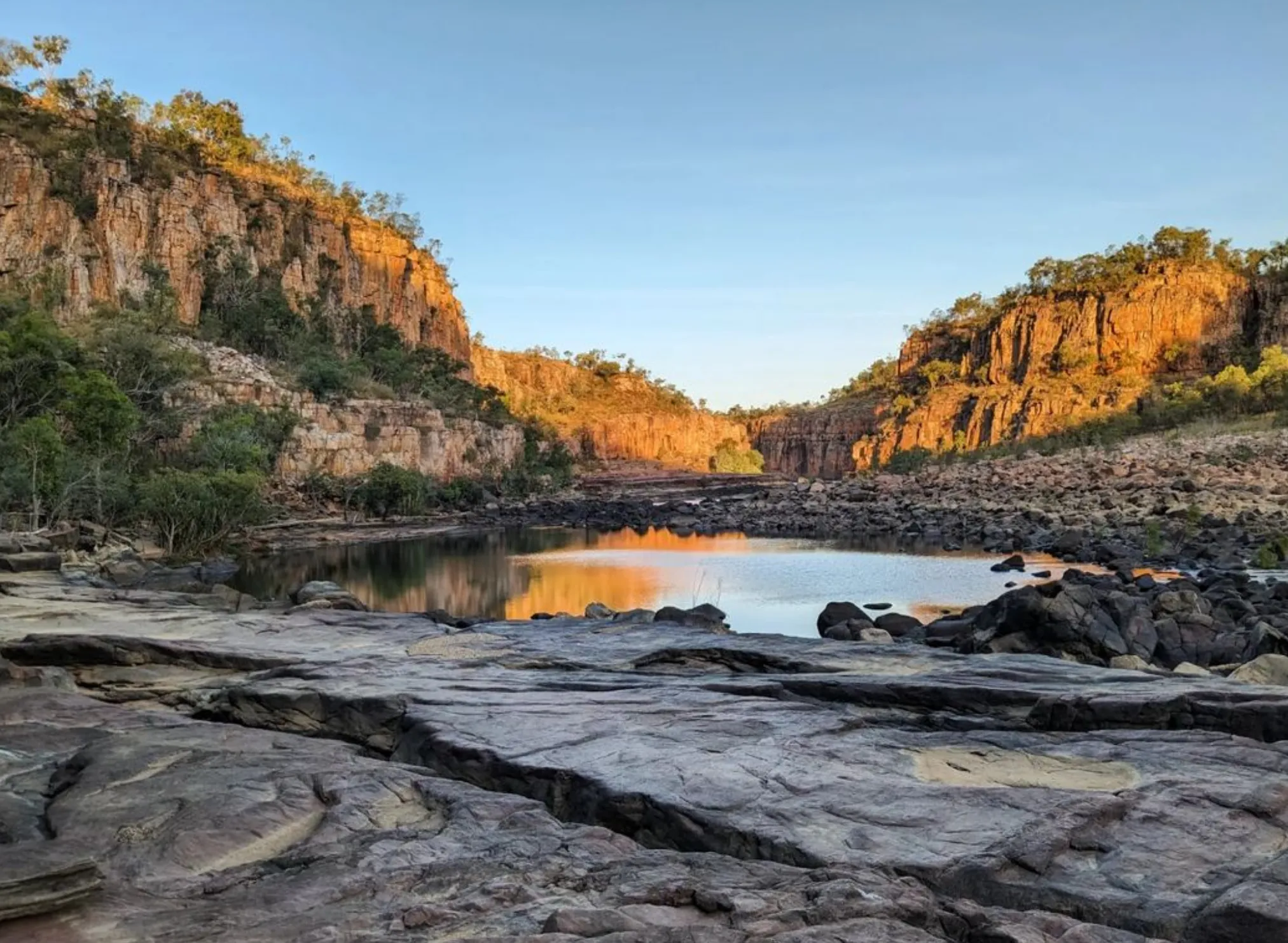
The Native Species of Katherine Gorge
The wildlife in Nitmiluk National Park is vast and many, from reptiles to marsupials and over 200 species of birds. Each of these animals has a role in the ecosystem and the cultural heritage of the Aboriginal people. For those looking to connect with Australian wildlife, Katherine Gorge offers one of the best and most diverse wildlife experiences in the country. Here’s a look at some of the amazing species you can see:
Freshwater Crocodiles
Unlike their more notorious cousins, the saltwater crocodiles found in places like the Mary River, freshwater crocodiles are shy and not aggressive. You’ll see these beautiful creatures basking on the riverbanks or slowly making their way through the water. They like the calm pools and backwaters of Katherine Gorge and while they aren’t a threat to humans, please respect their space and keep a safe distance. The presence of these reptiles is a reminder of the wildness of the Northern Territory.
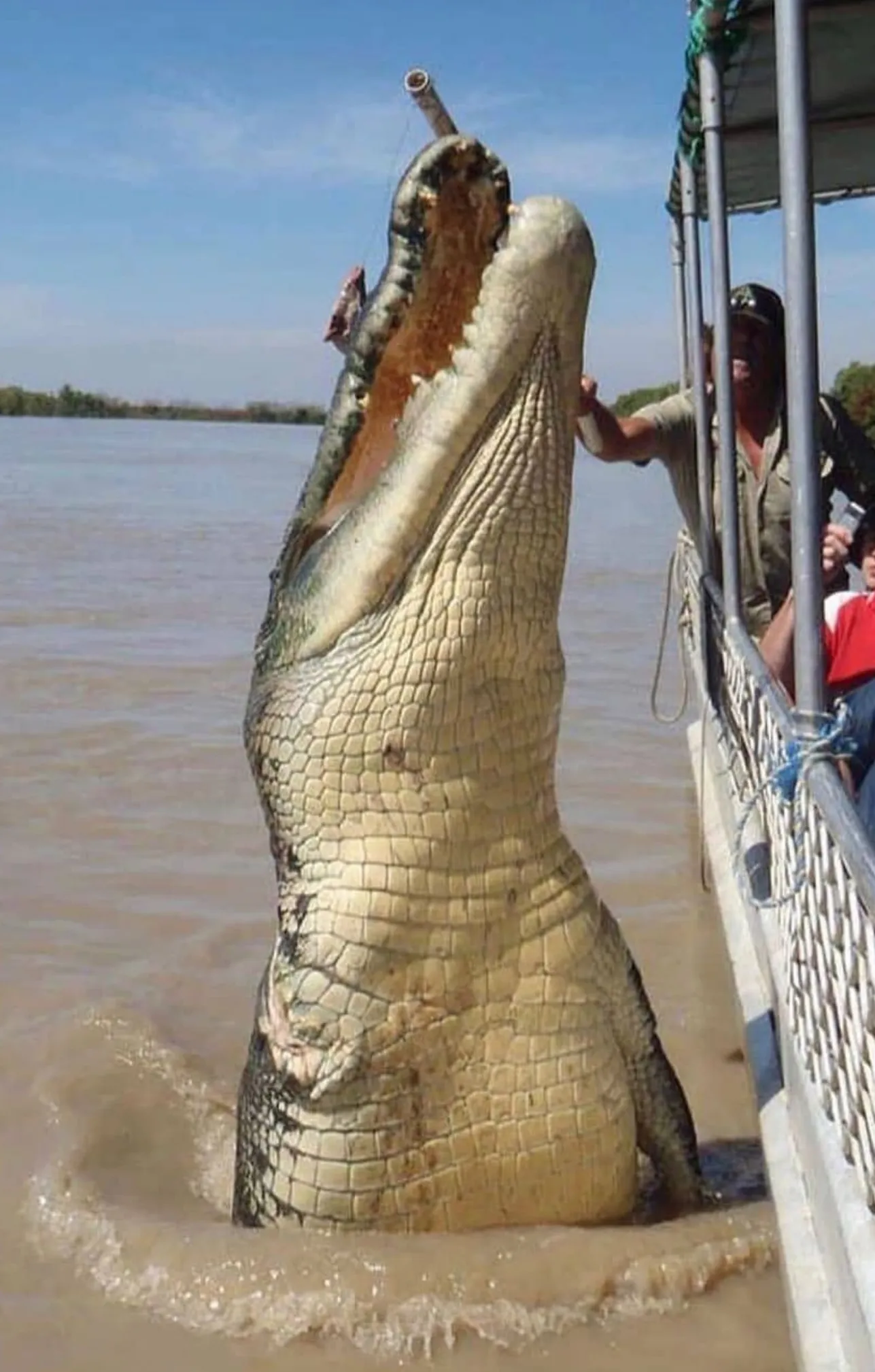
Agile Wallabies and Rock Wallabies
The cliffs and rock formations of Katherine Gorge are home to rock wallabies who are agile and quick. These marsupials are well adapted to the rocky terrain and can often be seen hopping between the boulders. The agile wallaby is more common in the lower parts of the park and can be seen grazing near the water’s edge. Both are a must see for wildlife enthusiasts especially early morning or late afternoon when they are most active.
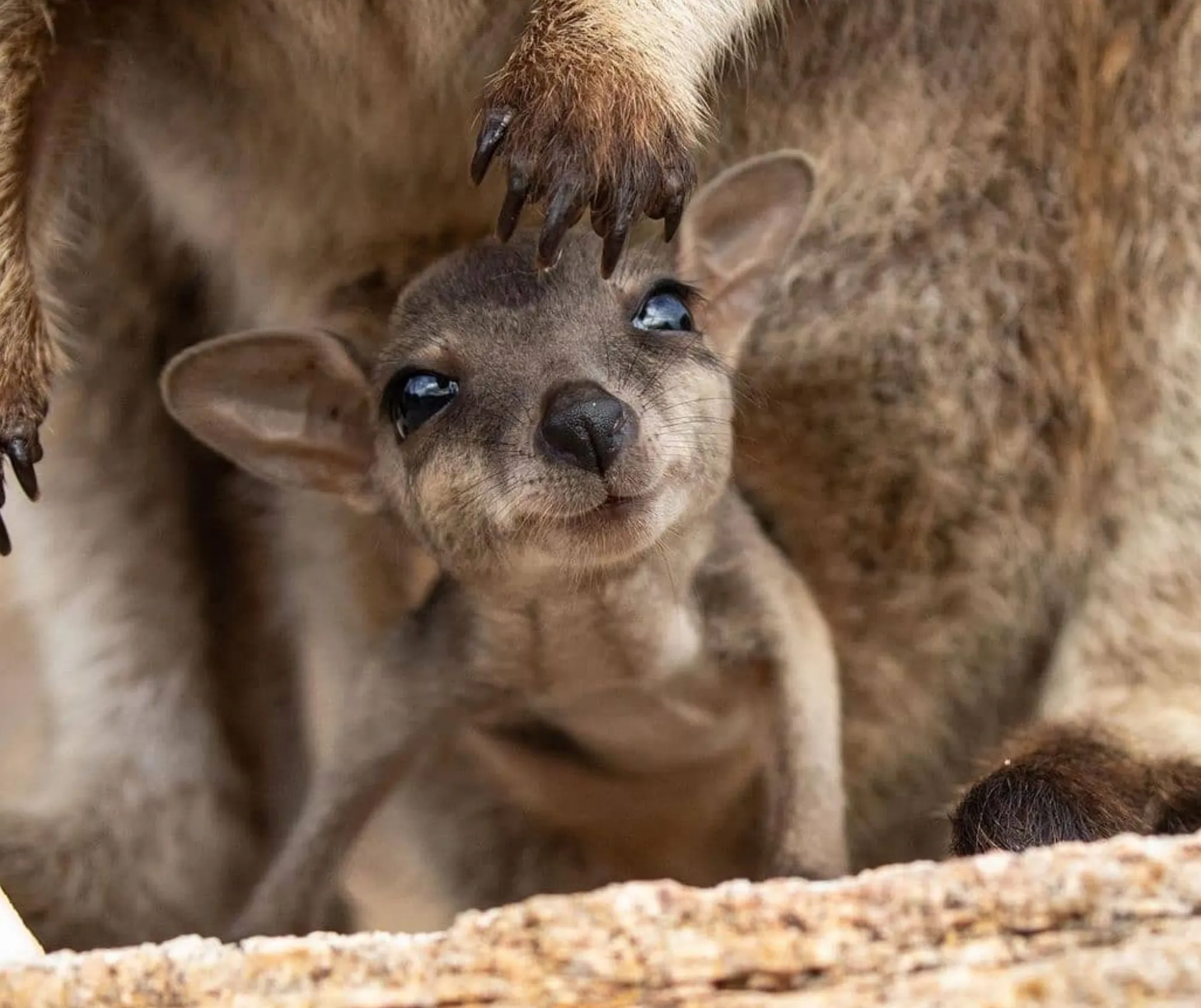
Bird Watching: Bird Paradise
Katherine Gorge is a bird paradise with an incredible array of bird species that attract birdwatchers from around the world. Some of the most striking and unusual birds you may see:
- Rainbow Bee-Eater: This colourful bird is not only beautiful but also fun to watch as it swoops through the air after insects.
- Magpie Geese: Often seen near water, these large waterfowl are iconic in northern Australia.
- Red-tailed Black Cockatoo: These striking birds with their glossy black feathers and red tails are often seen in the trees around the gorge.
- Partridge Pigeon: A rare and vulnerable species, the Partridge Pigeon is a must see for birdwatchers.
- Tawny Frogmouth: With its unique appearance and excellent camouflage, the Tawny Frogmouth is one of the most interesting birds to see, blending in with the trees.
- Black-breasted Buzzard: This bird of prey can be seen soaring above the gorge, hunting for small mammals or reptiles.
- Blue-winged Kookaburra: Known for their loud, distinctive calls, these kookaburras are often seen perched on branches near the water.
- Broad-billed Flycatchers: These small, agile birds flit through the trees, catching insects in mid air.
There is so much birdlife in Katherine Gorge and with over 200 species recorded it’s a birdwatcher’s paradise.
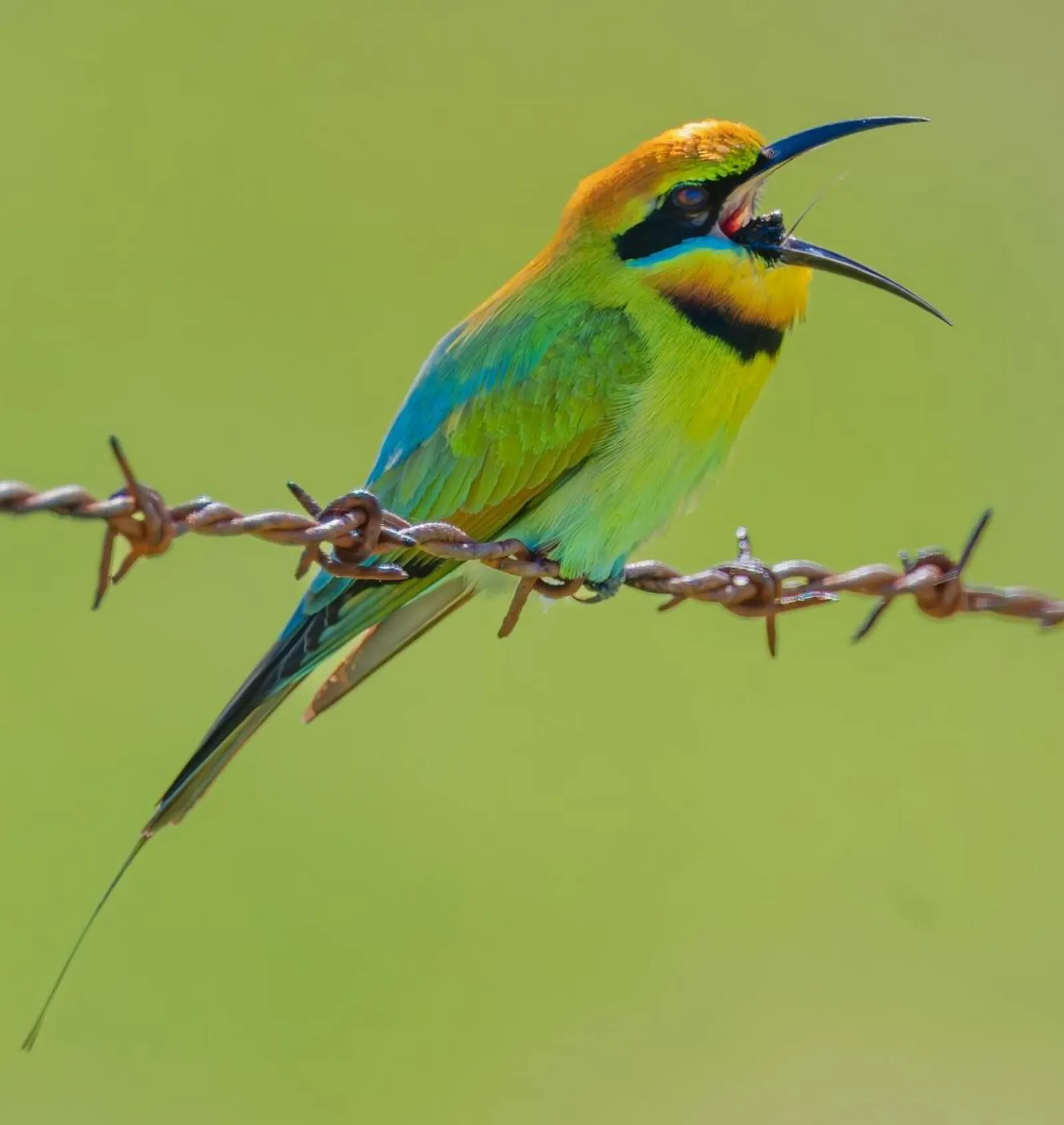
Tree Rat and Black-footed Tree Rat
Among the lesser known residents of the gorge are the Tree Rat and the Black-footed Tree Rat, two nocturnal creatures that are crucial to the ecosystem. The Black-footed Tree Rat is a unique species found only in northern Australia and can be seen darting through the underbrush at dusk. These small, shy mammals are a rare sight so are a favourite among wildlife enthusiasts looking for something unusual.
Frogs and Marine Life
Katherine Gorge also has several frog species that become active during the wet season. The sound of frogs at night is a common noise of Australian waterways during this time. You won’t find big marine life here but the rivers are full of small fish, insects and other aquatic life that thrive in the river’s environment.
Seasonal Wildlife Viewing: Dry Season vs. Wet Season
When you visit Katherine Gorge the time of year can make a big difference to the wildlife you see. The dry season May to September is generally the best time for wildlife. During these cooler months the animals are more active and the water levels are lower so you can see freshwater crocodiles and other creatures near the riverbanks. The dry season also means better walking conditions as the trails are less muddy and more accessible for all fitness levels.
On the other hand the wet season (November to April) brings a green transformation to the landscape. Heavy rains fill the rivers and rock pools and create waterfalls. However wildlife can be harder to see as animals retreat to the cooler, more hidden parts of the gorge. That said the wet season is bird watching heaven as the rivers and surrounding areas are a bird watcher’s paradise with migratory birds and endemic species. You may see Hooded Parrot, Red-winged Parrots and even the elusive Black-footed Tree Rat.
Cultural Wildlife
The Aboriginal people of the region, the Jawoyn, have a spiritual connection to the land and its animals. They have lived with the native wildlife for thousands of years and this is reflected in the cultural experiences. Many of the animals have important roles in Aboriginal culture with stories and traditions surrounding them. You can learn about the cultural significance of these animals on tours and with Indigenous guides.
Top Wildlife Experiences in Katherine Gorge
Guided Boat Tours
One of the best ways to see the native wildlife is on a guided boat Katherine Gorge Tour. These tours give you up close encounters with freshwater crocodiles, bird species and sometimes rock wallabies. Whether it’s spotting the majestic Black-breasted Buzzard or watching the Broad-billed Flycatchers fly by a guided boat tour is the perfect mix of relaxation and adventure.
Bushwalking for All Fitness Levels
There are several trails in Katherine Gorge for all fitness levels, easy walks where you may see agile wallabies and many bird species. More challenging walks will reward you with views and the chance to see the Tree Rat or the Black-footed Tree Rat.
Indigenous Guided Tours
Learning about the spiritual connection between the Aboriginal people and the wildlife is a deep way to experience the gorge. Indigenous guides will share the meaning of animal names like Tawny Frogmouth and Red-tailed Black Cockatoo and their role in traditional stories.
Conclusion
Katherine Gorge in Nitmiluk National Park is a wildlife lovers paradise, with encounters with some of Australia’s most iconic and native wildlife. Whether you come for the culture, the views or the wildlife experiences you will leave with memories to last. From the freshwater crocodiles lazing on the riverbanks to the birds filling the sky this is a true wildlife wonderland.
FAQs
What wildlife can I see in Katherine Gorge?
Freshwater crocodiles, rock wallabies, agile wallabies and a wide range of bird species including rainbow bee-eaters, Black Cockatoos and Tawny Frogmouths.
Can I swim in Katherine Gorge?
Yes, swimming is allowed in certain areas of the gorge but always follow safety guidelines and be aware of the freshwater crocodiles in the area.
What’s the best time to visit for wildlife?
Dry season (May to September) is the best time for wildlife spotting as animals are more active and easier to see near the water.
What cultural experiences are available?
Visitors can join Indigenous guided tours and hear stories about the cultural heritage and spiritual connection of the Jawoyn people with the wildlife.
Are there any dangerous animals?
While the freshwater crocodiles in the gorge are shy, the Mary River nearby has saltwater crocodiles so always keep a safe distance.
